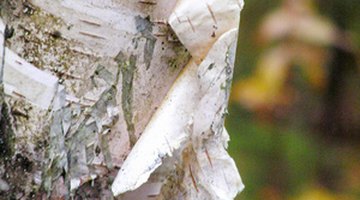Baltic Birch Specs
Baltic birch, or Russian birch as it is also known, hails from the Baltic region of Europe, and is the preferred lumber for the manufacture of plywood, furniture components, moldings, flooring and a multitude of specialty products, such as drawer boxes.

The wood is extremely light in color, possesses a fine grain and uniformly takes any color of stain.
Species
There are three closely related species of birch available from Russia commonly marketed as Baltic birch: silver birch (Betula pubescens); white bark birch (Betula pendula); and Siberian birch (Betula krilovii).
Origins
As the name implies, Baltic birch originates from the Baltic region of Europe, namely Russia. Collectively, silver birch and white bark birch are recognized as being the predominant supply source for the production of Baltic birch plywood and lumber. Siberian birch is a more sought-after species, though, as it contains more white wood with minimal dark heartwood. Because of this fact, several new mills have been recently constructed in Siberia to facilitate production levels.
Silver birch, white bark birch and Siberian birch are medium-sized trees reaching heights of up to 100 feet, with a trunk diameter ranging from 1 to 3 feet.
Hardness
The hardness of wood is measured on the Janka Scale, which ranges from zero for the softest of softwoods, to the upper echelon of hardwoods at 4,000. The Janka rating of Baltic birch is between 1,010 and 1,200, depending on the exact species, which is on par with North American red oak.
Working Properties
Baltic birch is a relatively easy wood to work with and does not require any special tools or carbide-tipped blades. Planing, sanding and shaping this wood is a simple task, and it exhibits outstanding properties for boring and mortising.
References
Writer Bio
Originally from England, Bryony Rowling has been an avid writer since 1980. Her travel articles have appeared in various English newspapers. She has also been published on eHow and Trails.com. Rowling was the recipient of the King's College Poetry Writing Award in 1986. She studied business administration and computer science at Kings College.
Photo Credits
- birch image by Pali A from Fotolia.com
- birch image by Pali A from Fotolia.com
More Articles



